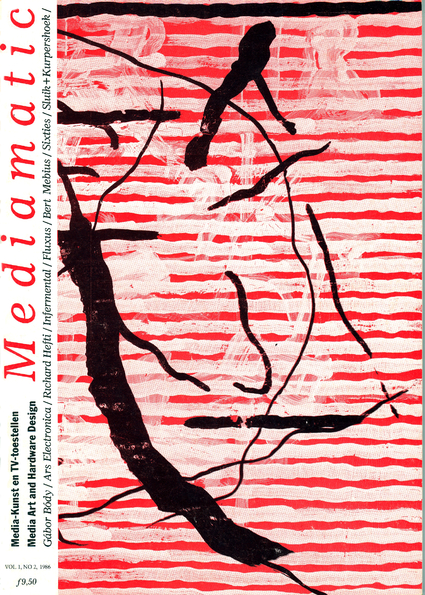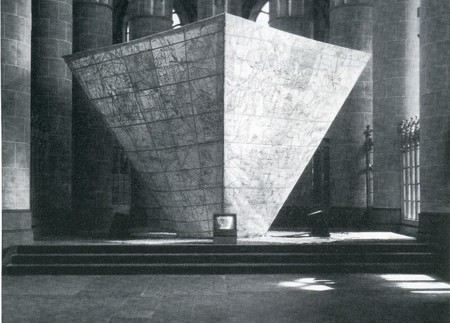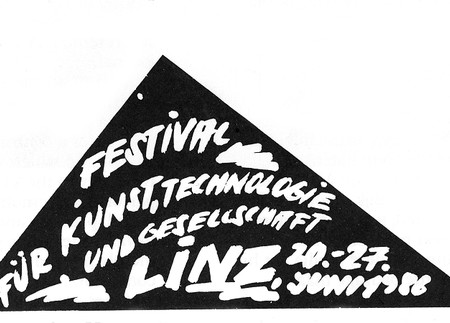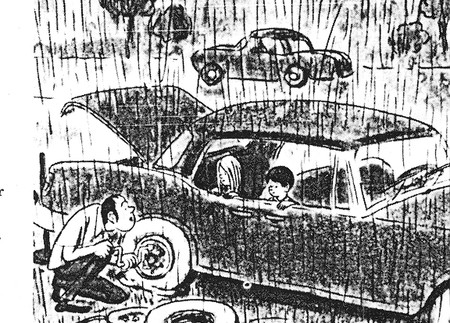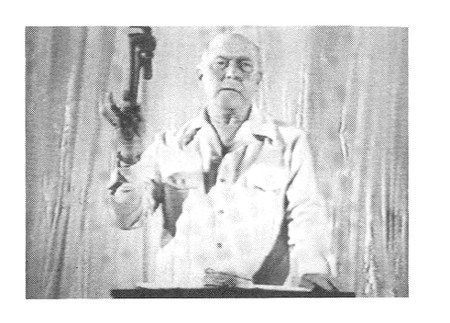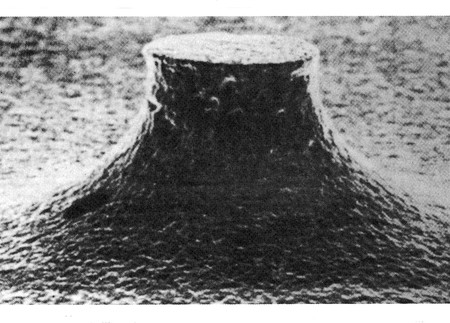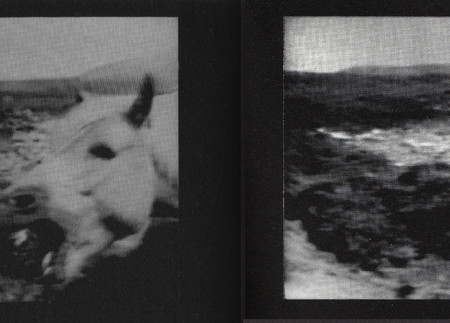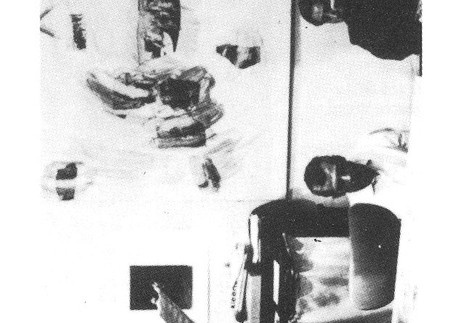Media art is a difficult product commercially, due to its less material nature and the fact that it has only just outgrown its swaddling clothes, and therefore these institutions are dependent on subsidies. The news that the Dutch government wants to concentrate and reduce drastically the financial support for these initiatives, naturally caused great stir in the Dutch 'video scene'. The idea that an institution such as Montevideo was to be closed down caused surprise abroad as well.
The greatest fury has calmed down by now, and the predictable discussion about the integrity and competence of the minister, his department and his advisers has subsided. Plans are being made.
These plans show great variation. Some institutions are seeking supplementary finances to be able to continue their work. Other institutions precipitately push off a number of activities, and try to fetch in subsidies by specialization and profiling themselves. Of much interest will also be the Great Plan for Dutch Video Art, which is being prepared in relative silence by Time Based Arts, the only adopted child of the minister. When the present issue of Mediamatic will come out, more will be known about this plan.
In the next issue we shall pay detailed attention to the implications of the new situation.
The next issue of Mediamatic will appear soon after the present one, to make up for the delay caused by all kinds of circumstances beyond our control.
In this issue
you will find reviews of two festivals: the festival Ars Electronica held this summer in Linz, Austria, is reviewed by Simon Biggs, a European festival seen through Australian eyes. Maurice Nio saw the Dutch edition of Infermental, which in spite of the rather emphatic contribution by the compiler, Con Rumore, still resembles a video festival by post, more than a journal.
Sluik en Kurpershoek supplied the artist's contribution, presenting their romantic-industrial video art in a clear and orderly way. We asked Richard Hefti for a contribution in the light of his installation Libretto 86 which was born early this year during his residency in the Vleeshal in Middelburg. In this very personal and emotional installation, he combined video, sound, painting and sculpture. It is typical of his attitude towards the media that his contribution to our journal was merely painted. Bert Merbius ' pages need no comment.
The sixties are dealt with extensively in two historical articles; Annie Wright portrays the influence of the rise of television on society and especially on the young people of those days. Marie Adele Rajandream describes the reaction of Fluxus to the same phenomenon.
Gábor Bódy shot his Either/Or in Chinatown in Vancouver; this is a video about erotic desire, the aesthetics of decay and the impossibility of choice. Mart Grisel en Murk Hoekstra give a conceptual analysis with Kierkegaard in mind.
